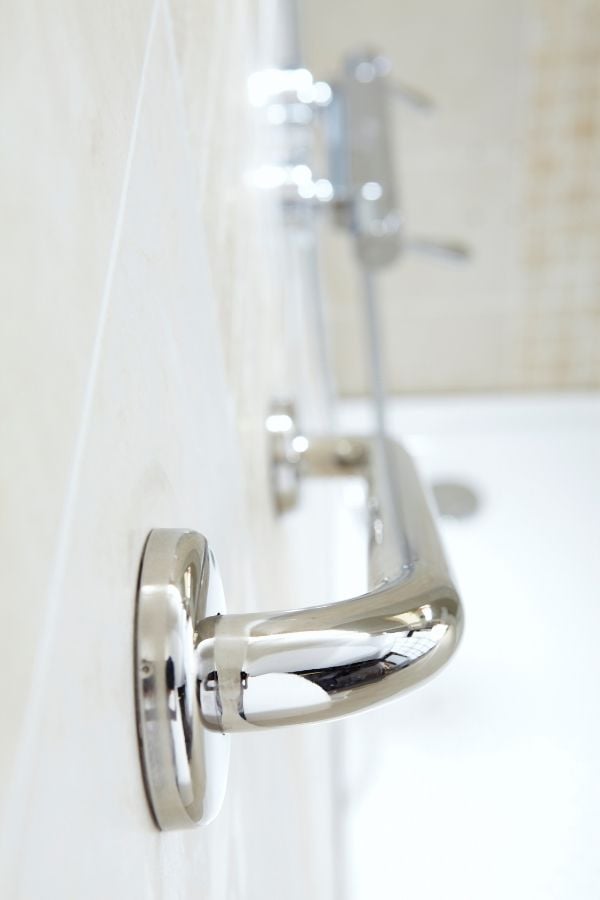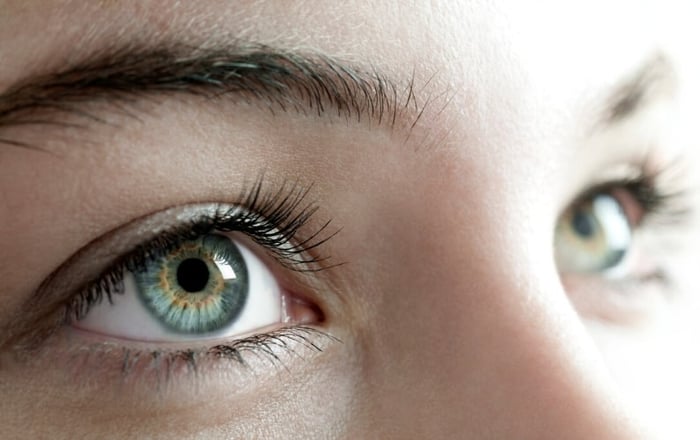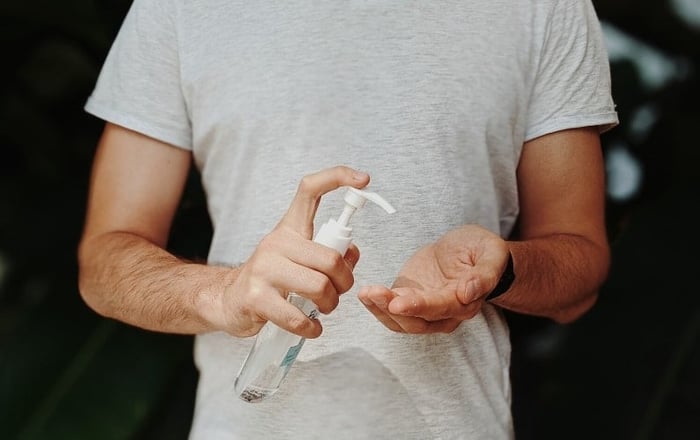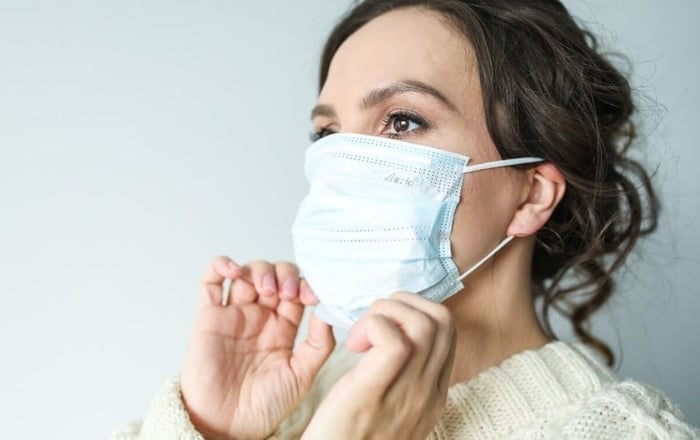Stay safe at home with these expert-approved home safety tips!
Many of us have spent the past few months at home during the lockdown. During this time, you may have decided to try some at-home workouts or perhaps, you gave your living space some extra attention. Though it may seem fun to get engrossed in homecare and decorating, it's important to become aware of some common safety hazards and home safety tips.
In this blog post, we'll take a closer look at the home safety tips found in the Canadian Red Cross Society Home Safety Checklist. Please follow these tips to keep yourself and your loved ones safe.
7 Home Safety Tips You Should Know About
1. Personal Safety
Be sure to maintain alertness and avoid doing housework when you are exhausted or feeling sleepy, as this can result in injury. Additionally, since this is a time of a global pandemic, follow the Government advisory for social distancing, contactless home delivery, protective gear, and regular sanitization. You can also keep a list of all helplines ready and ensure that you are aware of quarantine procedures.
2. Garden Safety
Gardening is good for mental health and is an effective measure to remain healthy. It keeps your mind fit and rejuvenated, and also provides you with some fresh air and homegrown natural cures. However, keep in mind that there are some physical risks to be cautious of. For example, direct sunlight may cause sunburns, and certain gardening chemicals can harm your health upon exposure.
The key is to avoid prolonged exposure to sunlight and follow safety instructions for chemicals while wearing protective gear. Taking frequent breaks from gardening, wearing a hat, using sunscreen, and finding shelter from direct sunlight, can make gardening safe. If you wear sunscreen, keep reapplying it after a few hours. Also, be sure to drink lots of water to replace the water you lose through sweating.
As far as fertilizers are concerned, wear your safety gloves and, if possible, full sleeve clothes, a mask, and glasses. You may also wear a face shield when using chemicals and fertilizers carefully. If you don't have protection, be sure to know what to do upon exposure to such chemicals.
3. Kitchen Safety
A kitchen has many sharp tools, flammable objects, and electrical equipment, making it especially important to keep everything in its intended place. Leaving a knife unattended can expose you or your loved ones to the risk of injury. Additionally, be sure to keep your cooking stove and oven clean. Leaving them unclean for months can allow grease and grime to collect and increase the risk of a kitchen fire. Only open your fuel line when you are cooking and check your electrical equipment according to the user manual. Last but not least, check the expiry date of your food items and do not consume food that has passed its expiry date.
4. Household Cleaning Safety
Cleaning detergents and chemicals can be dangerous to your skin, eyes, and lungs. Although these household chemicals are mandated to mention safety measures in writing on their packaging, they may be difficult to read due to the small text size. If this is the case, make use of online resources and study the safety features of the product's official website. When in doubt, wear protective clothing and keep the chemicals away from your face and children. Further, do not mix chemicals, especially those with ammonia or bleach.
5. Pool Safety
Pools can be a lot of fun, but keeping these safety tips in mind is important. Avoid going to the deep end of the pool, and if you must, keep a floater or lifejacket nearby. It is also a good idea to always have someone outside the pool who has a full view of the swimming area. If everyone is in the pool, you may not realize if someone is drowning.
6. Bathroom Safety
To avoid getting injuries from slips, always keep your bathroom dry. Floor mats, such as the Drive Medical Bath Mat, can go a long way in protecting you. Additional bathroom safety tips include installing grab bars and rails, keeping essentials within reach, investing in proper lighting, and securing electrical appliances. For more information, check out our full bathroom safety post with detailed tips and product recommendations.
7. Bedroom Safety
Your bedroom is a place where you can let down your guard and relax. For this reason, it's best to ensure no safety hazards are putting you at risk. Start by removing any injury-causing objects from around your bed (i.e. top-heavy lamps, sharp objects, etc.) Always keep a light close to your bed in case you need to get up in the middle of the night. Furthermore, smoking in the bedroom is never a good idea.
Closing Thoughts
For more information on home safety tips, be sure to check out this helpful guide by the Canadian Red Cross Society.
We hope this post provided you with helpful tips and hacks for staying safe at home!










